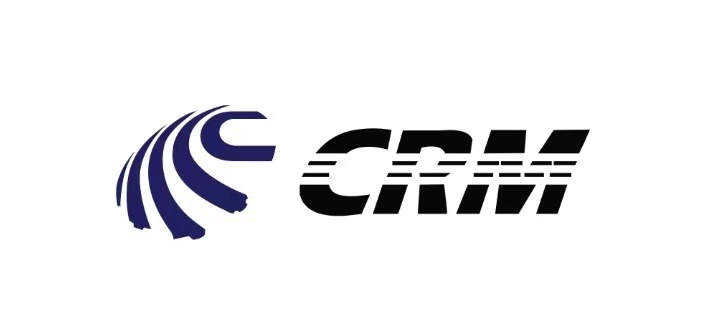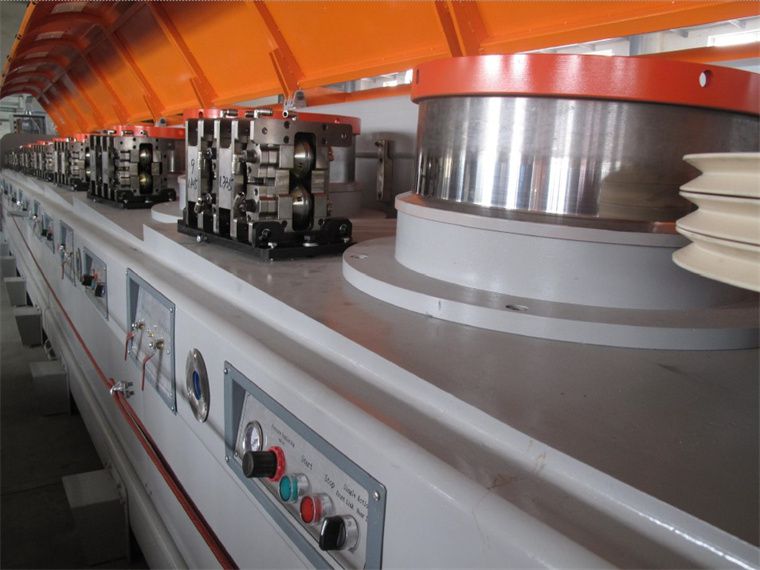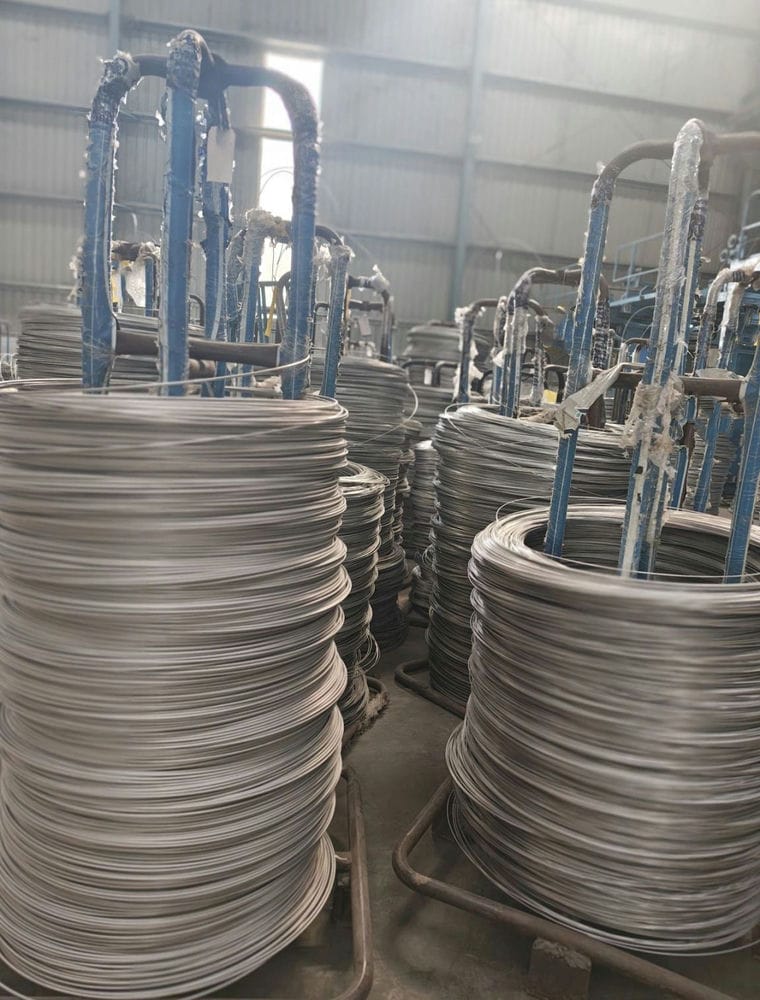
Inverted Wire Drawing Machine
CRM-DL inverted wire drawing machine series is a new type of wire drawing equipment developed to adapt to the drawing of large-scale heavy and thick wires. DL800 means the diameter of its capstan diameter is 800mm, CRM-DL-800 widely used in the production of metal products industry. It can draw larger diameter of spring steel wire, stainless steel wire and carbon steel wires, prestressed steel wire, especially suitable for drawing medium and low carbon bolt wire in standard parts industry.
Technical Parameters for Inverted Wire Drawing Machine
Capstan diameter | ¢800mm |
Inlet wire diameter | ¢13mm |
Material strength | ≤ 800Mpa |
Average compression rate | 20% |
Maximum drawing speed | 50m/min |
Main power | 55kw |
Trolley power | 2.2kw |
Control mode | Frequency conversion speed control |
Air source pressure | 0.4-0.6Mpa |
Equipment weight | About 5-6 tons |
Overall dimensions | 2560x1750x2600 (ground placement) |
Details of Inverted Wire Drawing Machine
- Main Features
- Maintenance and Safety Instructions
- It is suitable for the continuous production process requirements of large-scale heavy wire reels, and the wire reels are light and save labor time.
- The equipment is easy to operate, has low noise, simple and reliable control, high production safety and convenient maintenance.
- This equipment adopts a three-phase AC variable frequency speed regulation system, which can achieve smooth stepless speed regulation and save about 30% of electricity.
- Positioning of the take-up trolley: Turn on the trolley switch and fix the trolley under the center of the reel.
- Threading: Pass the sharpened wire through the guide wheel through the die for about 20 cm, and put wire drawing powder in the die box.
- Wire drawing and winding: first fix one end of the traction chain in the reel groove, and clamp the wire end with the other end. After confirming that the clamp head is clamped correctly, you can start the reel and gradually adjust the operating speed to the required speed. Stop when the reel accumulates 10-15 turns of wire. After stopping, start the rotary valve to press the wire roller tightly to ensure that the wire is not tangled. However, do not let the wire drawing pliers touch the wire pressing wheel to avoid damaging the wheel.
- In order to ensure mechanical safety, the wire drawing diameter must not exceed the wire diameter listed in the technical performance.
- When you want to pull out the trolley to replace the wire drop rack, please stop the main machine to ensure personal safety.
- The electric control cabinet should be placed in a place with good air circulation and less dust. It is recommended to place the electric cabinet in a separate room to extend the service life of the inverter.
- After the reduction gearbox is refueled for the first time and tested for one month, the oil should be replaced with new oil. When replacing, the remaining dirty oil should be removed.
- If the guide wheels and reels are worn and affect normal operation, they should be repaired or replaced in time.
- For the control and maintenance of the inverter, please refer to the Inverter User Manual.
- When the indoor temperature of the workplace exceeds 30 degrees Celsius for a long time, the reduction gearbox lubricating oil needs to be circulated externally to cool it down to prevent the lubricating oil from overheating and causing oil leakage and abnormal damage.
How Does Inverted Wire Drawing Machine Work?
The inverted wire drawing machine produced by us opens up a new chapter in the history of wire industry. With a top-down design that draws the wire from above and down through a die, mainly processing stainless steel wire and carbon steel wires, it is nothing like its linear predecessors. It utilized gravity for better wire handling whereby tangling and kinking are minimized. A professional manufacturer like us can use a number of pre-made tungsten carbide or nature diamond dies to reduce the diameter and ensure high quality as it crimps. CRM-DL-800 wire drawing system with tension control and speed is mounted below the die to reproduce predictable results. This concept can significantly enhance operational performance, present easier maintenance and use of space benefits desired in modern wire production making it a state-of-the-art solution for today’s demanding environment.



